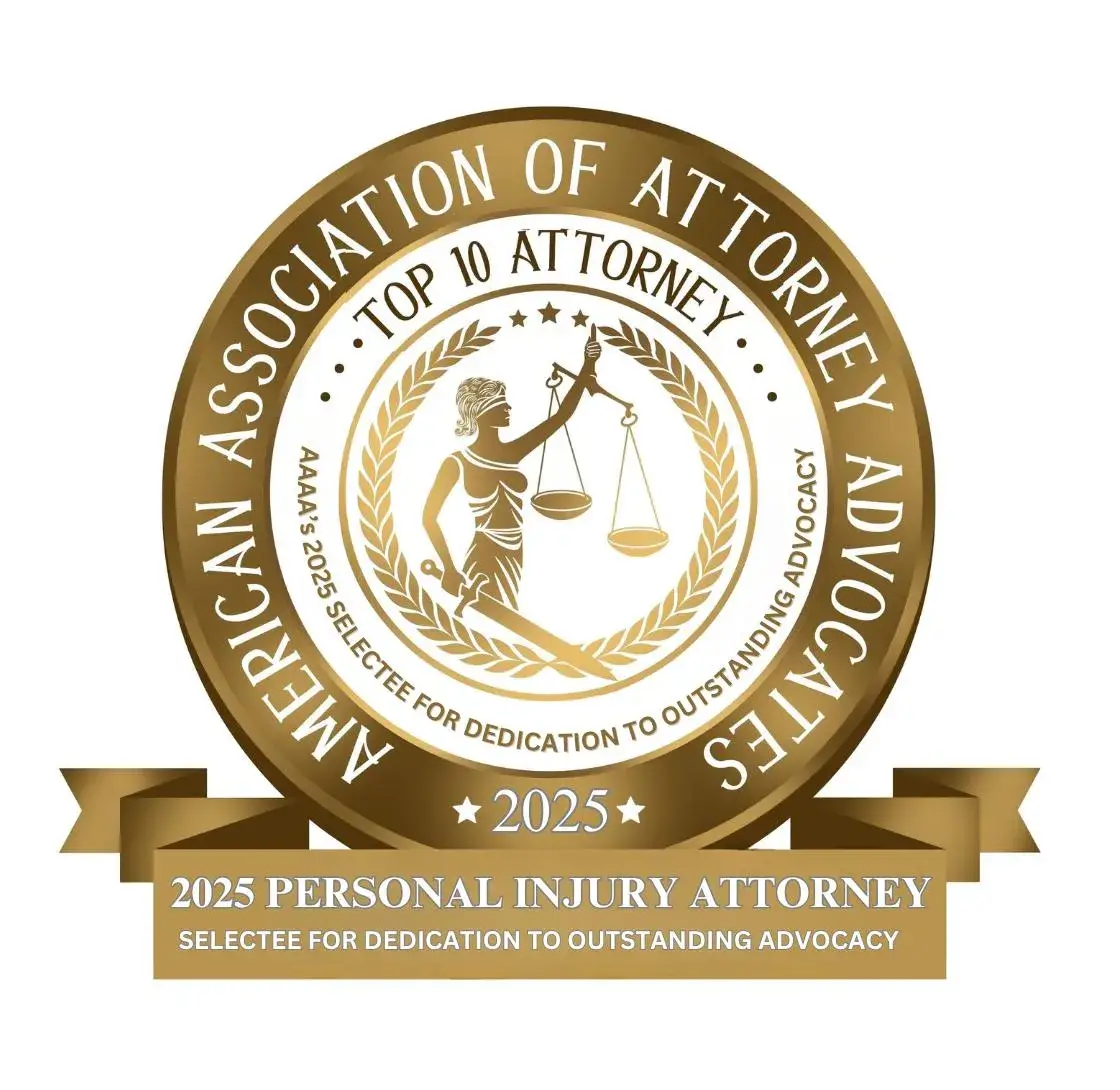New York Woman Wins Large Pain & Suffering Damages Award for Wrist, Spinal Injuries After Slip-and-Fall Accident
A Bronx County jury awarded a woman $5.5 million in pain and suffering damages in a suit against the New York City Transit Authority after she was injured in a trip-and-fall accident.
Anyolina Mata was crossing the Grand Concourse in the Bronx at about 8 a.m. on October 30, 2009, when her foot was caught in a subway ventilation grate. The one-inch lip surrounding the grate was embedded in a concrete median, causing Mata to trip and lie on the ground in serious pain until an ambulance took her to a local hospital.
Mata’s wrist injury required arthroscopic surgery, and her back injury required a laminectomy with fusion surgery. Mata was unable to walk her young children to school, take them to the park, and enjoy activities with them like she normally would. She was unable to lift more than 15 pounds, twist her spine, or stand for more than two hours per day.
The grate was installed and maintained by the New York City Transit Authority, and the jury in the case determined that the Transit Authority was fully responsible for the accident. During the case, Mata’s attorneys argued that she was vibrant and asymptomatic before the accident, and at 30 years old, she now experiences chronic pain and significant disability.
In Mata v. New York City Transit Authority, an appellate court reduced the damage award to $3 million ($1 million for past pain and suffering and $2 million for the future). The defense argued that the jury verdict was excessive because Mata was still able to operate a daycare center in her apartment for approximately 12 children, she got married in 2010, and she was able to travel to the Dominican Republic a few times before her back surgery. Mata’s attorneys argued that her substantial chronic pain and ongoing disability entitled her to at least $4 million in damages, but the defense attorneys argued that $3 million would be more appropriate.
Slip-and-fall cases are remarkably common, and while they may not seem like a major event, they can result in serious injuries like Mata’s. More than 17,000 people suffer fatal injuries from slip-and-fall accident every year, many of them over the age of 65.
Slip-and-fall accidents fall under the umbrella of “premises liability,” meaning the owner of the property is responsible for keeping the premises safe and free of hazards for tenants or visitors. In many slip-and-fall cases, the opposing attorney will try to argue that the injured person shares some or all of the blame, i.e. that they bear some of the fault for not watching where they were going.
In determining where fault should lie, there are two important concepts to consider: reasonableness and comparative negligence. Determining reasonableness involves looking t several factors: Did the person have a reason to be where they were? Was it reasonable to expect that the area they were in was hazardous? Were those hazards marked in any way, or otherwise so obvious that a reasonable person would not have missed them? If they tripped over something, was there any reasonable way they could have avoided it? Would a person exercising a reasonable amount of care have noticed and avoided the injury? Was the injured party paying enough attention? Questions like these can help determine whether or not someone suffering a slip and fall injury was comparatively negligent, and whether or not they are partially or fully responsible for their injury.


















